Chasm by Bit Kid, Inc. is a love letter to the games of our youth.
Titles such as Castlevania: Symphony of the Night and Super Metroid kept us all awake at night as we traversed their winding stages, slayed their monsters, discovered their secrets and achieved victory through skill and wit. Chasm — eh, not so much. Much like other metroidvania games, Chasm makes an attempt to recreate the wonder and magic of those classic games listed above. Unfortunately, it doesn’t quite get there.
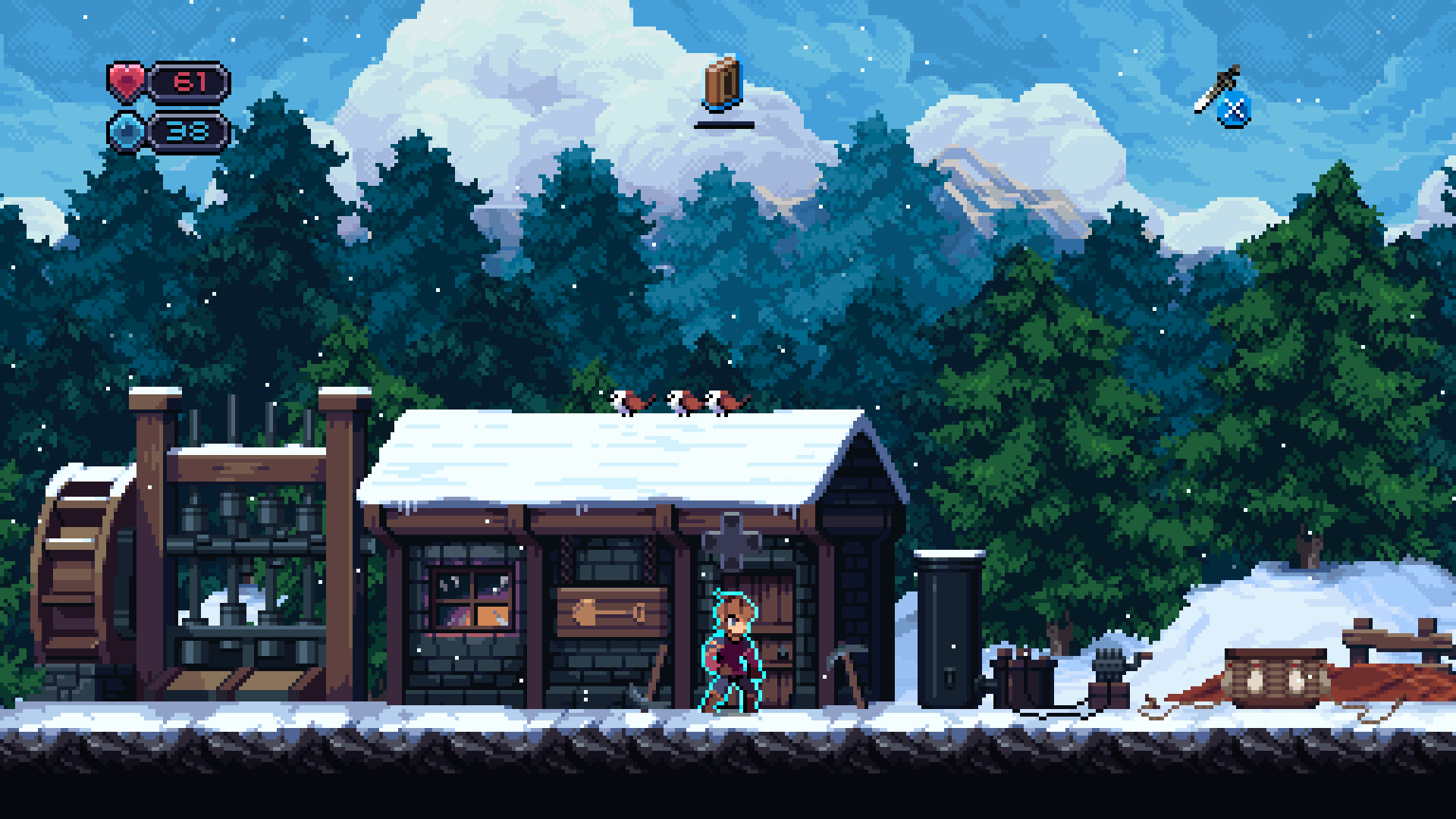
When the game opened, I was excited to dive in and get going. I loved the look of the art, and as I played around in the opening area, I got used to controlling the game. I felt like this could be something I would play for hours and hours, much like I did in my childhood. Not many games do that nowadays (looking at you, Dark Souls and The Elder Scrolls)! Unfortunately, as the game went on, I was pulled further and further from the excitement I felt at the beginning of the game into disappointment.
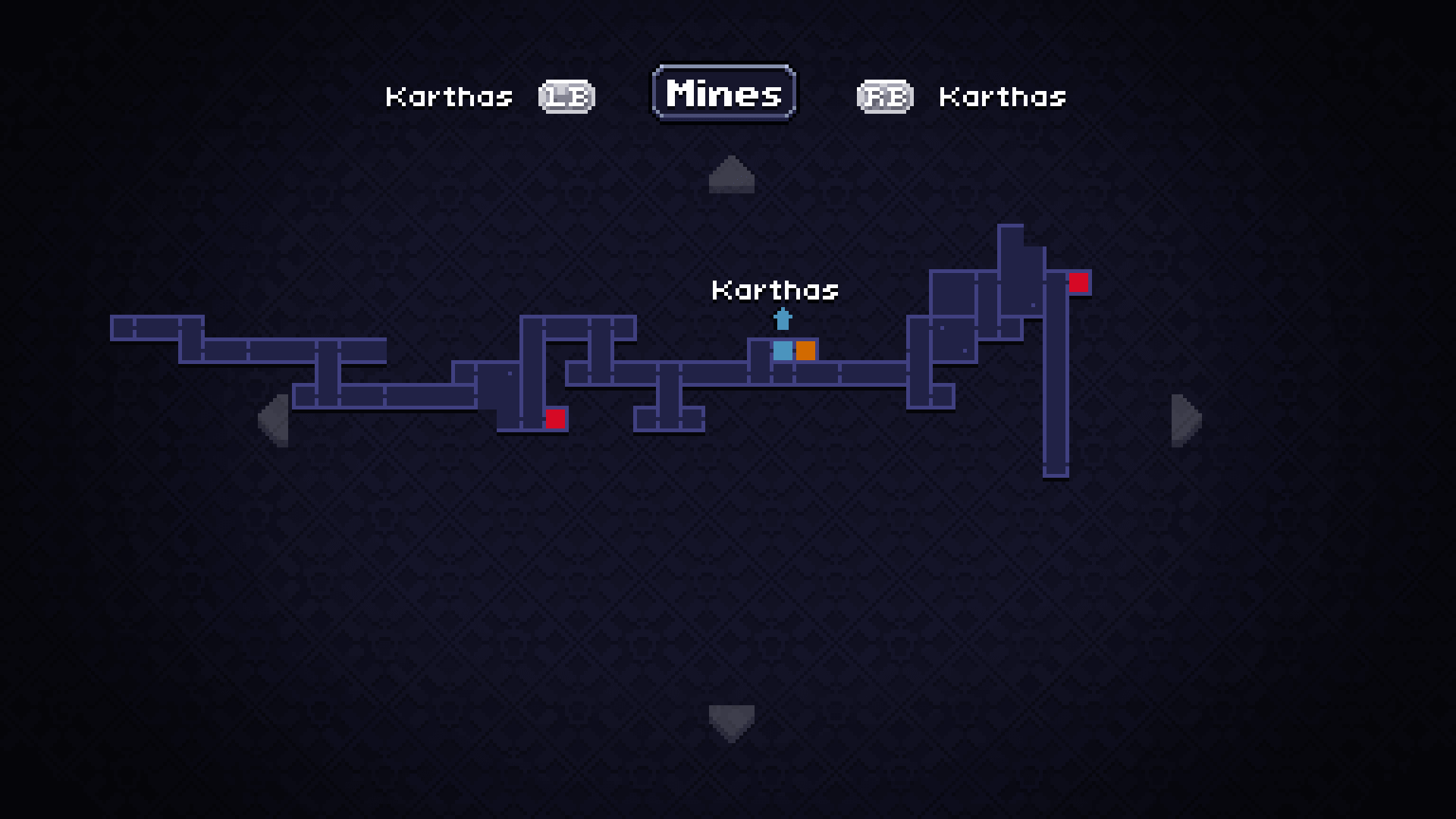
I pressed onward. I eventually got my starting gear, which gave me my first opportunity — other than messing with the controls to see where everything was — to open up the inventory and item menu. When it popped up, I was greeted by a lackluster screen with text and a few icons for the items. This isn’t a bad thing. I don’t mind simple menus. My problem here is how utterly bland it is. It’s a solid-color background with the menu drawn over the top of it. I mean, are they really trying to tell me they didn’t have the time to at least put a real background behind it? Come on, the pixel art of the rest of the game was very good. What happened?
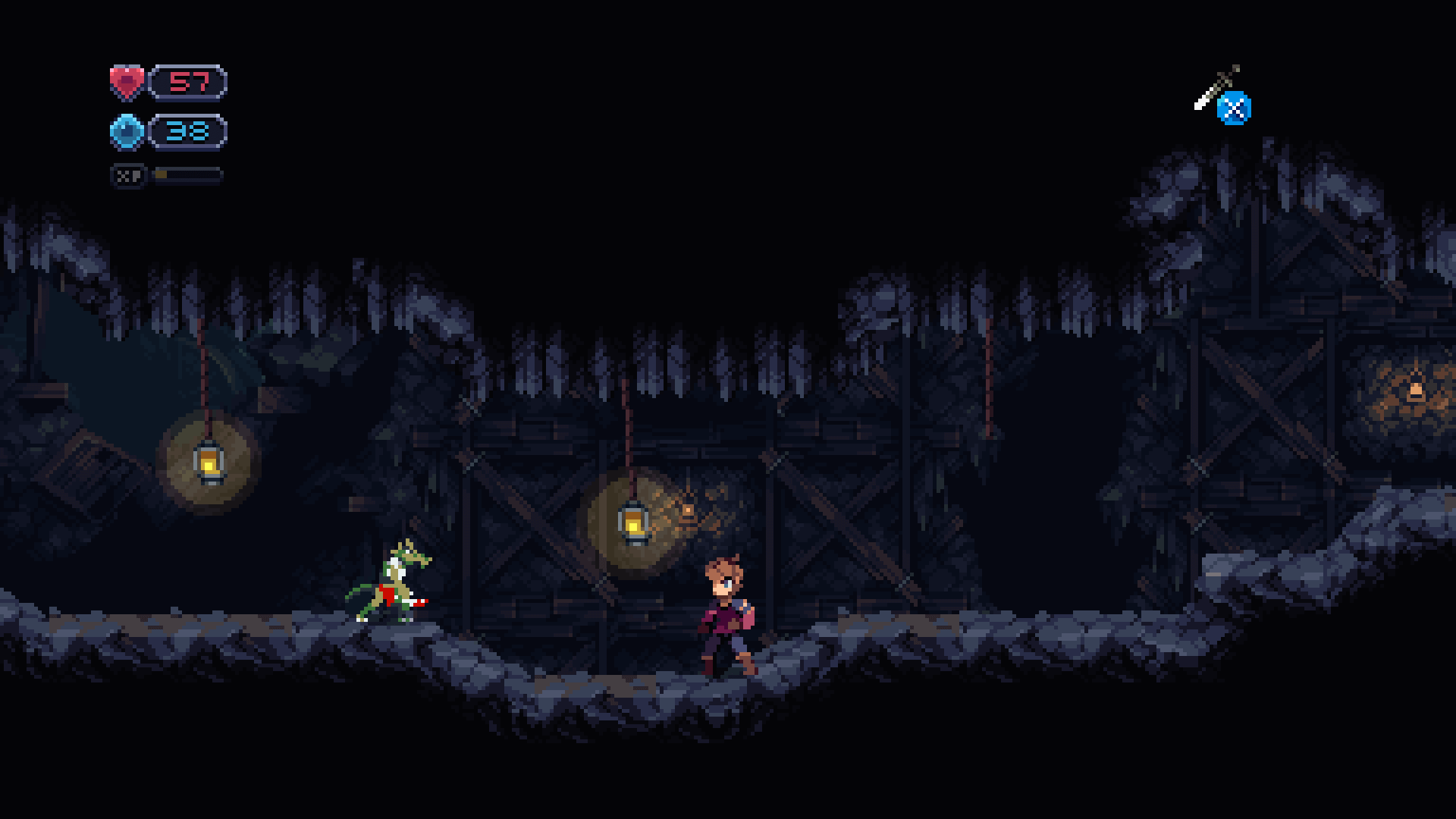
During Chasm, I also noticed how repetitive and flat the world was. Nearly every stage was a straight line from point A to point B with a few platforms to jump to and enemies to kill along the way. Sometimes there was a point where the room was more square and I could either move up or down, as well as left or right, but these also contained the same enemies and obstacles. Doors sometimes barred your way and required you to hunt down a switch to open them, but they were often found within the same room. Maybe an enemy or two to slow you down, but that’s really about it.
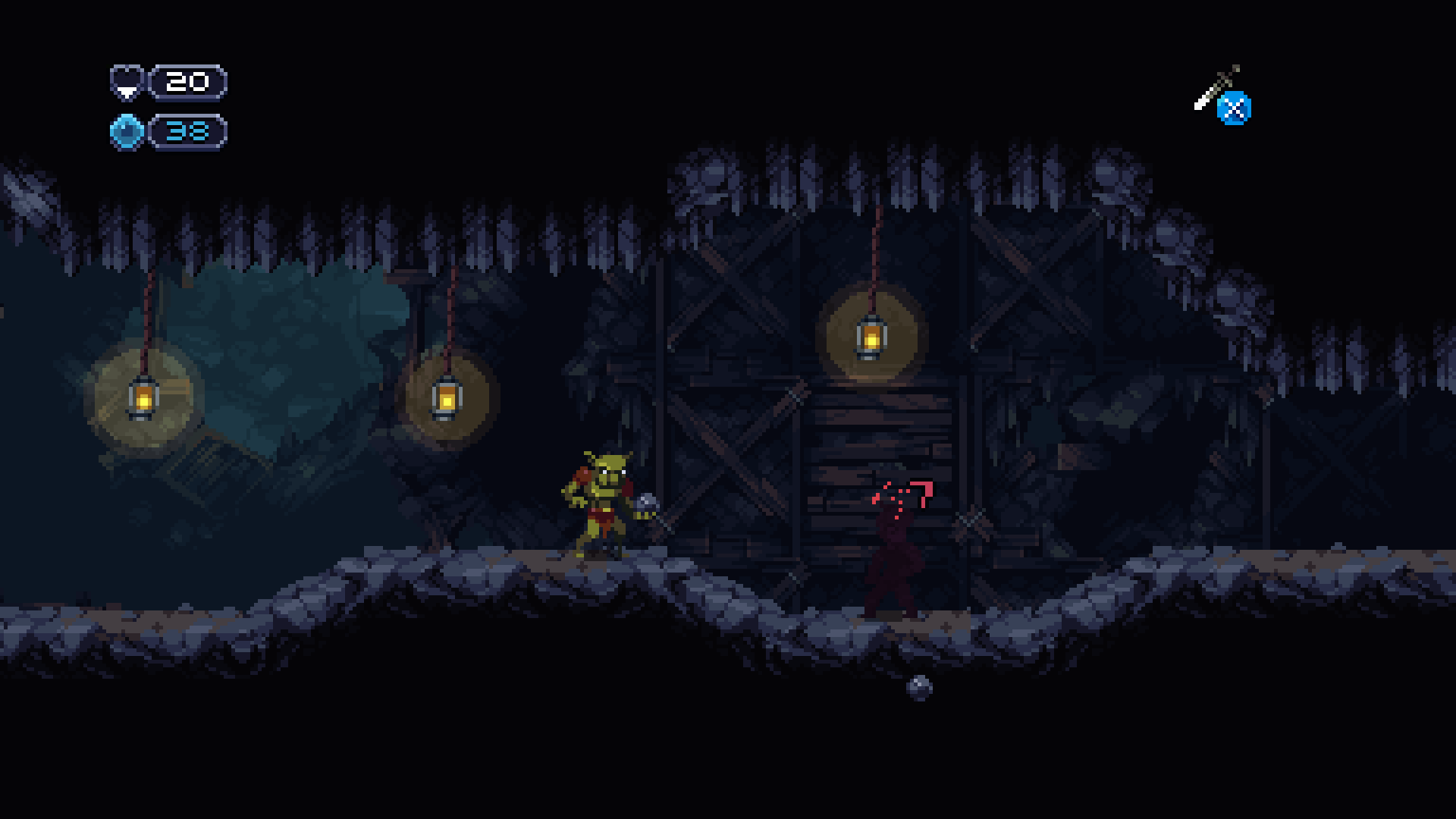
Still, the platforming felt really good and as I played through each stage I did find myself having brief moments of fun. That doesn’t last long, though, due to it eventually feeling like you’re backtracking without really backtracking, which there is plenty of here.
One of the biggest missed opportunities in Chasm is the lack of hotkeys, or just item buttons at all. Appealing to the nostalgia of retro games is one thing, but I’m not playing this game on a Super Nintendo. I’m playing on an Xbox One and have multiple buttons to utilize. There’s not really an excuse to have unused buttons on a controller, unless your game doesn’t need them, so Chasm could benefit from putting them to use. Any time I want to use an item to heal, for example, I have to pause the game, go to my inventory, find the item I want to use (which aren’t organized in any particular order) and press A to use it. Why can’t I just assign something to LB or RB to use during a level? Why do I have to go through such a process to heal myself? Why can’t I organize my inventory? Why!
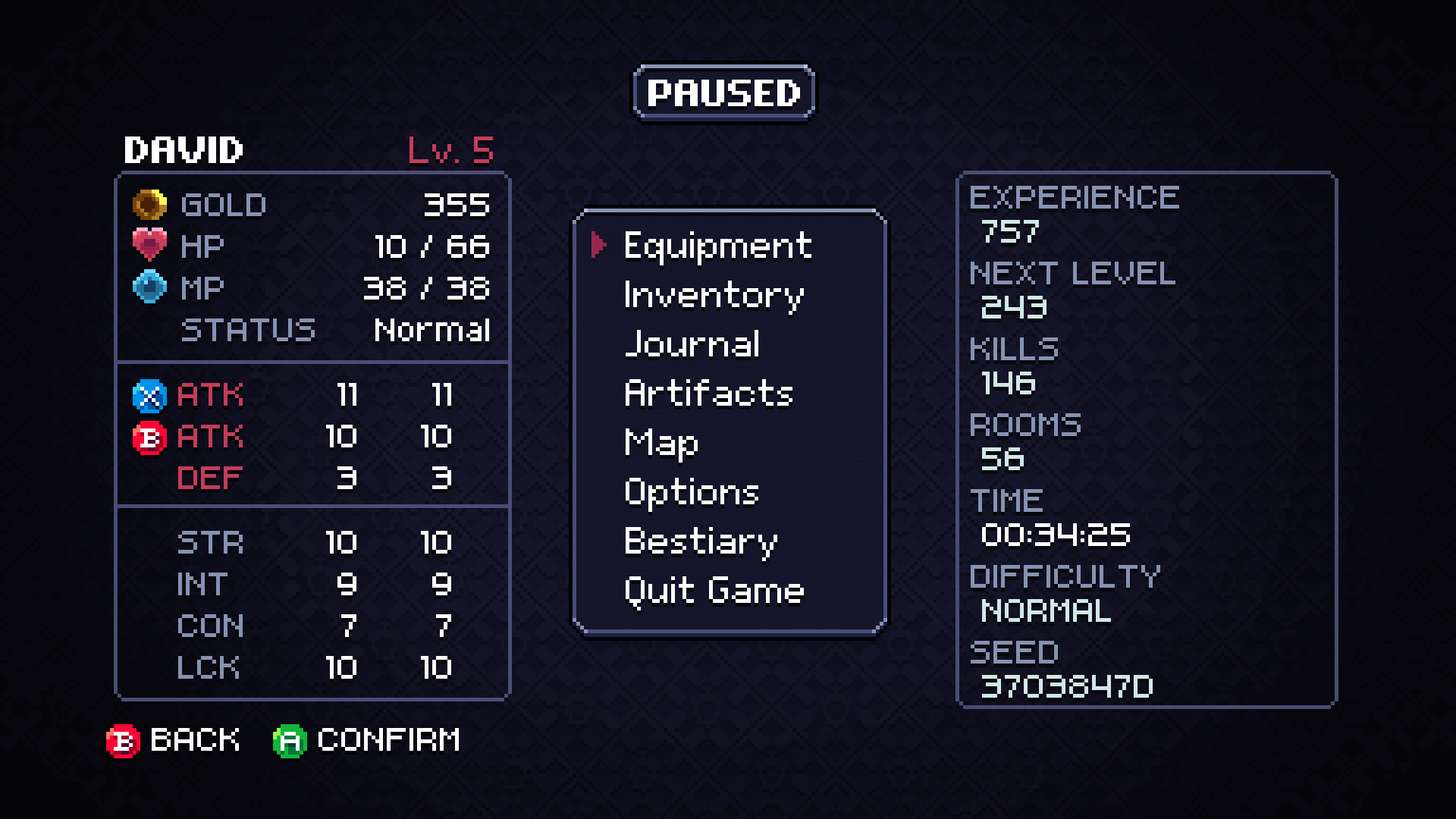
Now, let’s talk about what happens when you die. Remember in Symphony of the Night when you died, you got a game over, you went to the game-over screen, then had to go back to the main menu and load your save file again? Yeah, remember how fun that was? No? Well, guess what?Chasm does that. Every. Single. Time. Oh, and you’d better hope you saved your game. Which brings us to the backtracking, because you can’t just pause and select a save option. No, you have to go find your save points anytime you want to save. Just got to that new floor, went through ten stages and died from a missed jump? Too bad. Back to your last saved point. All that progress? Do it all again. Yeah, so fun. I don’t think I have ever said a game was ‘too retro’, but this is just overboard.
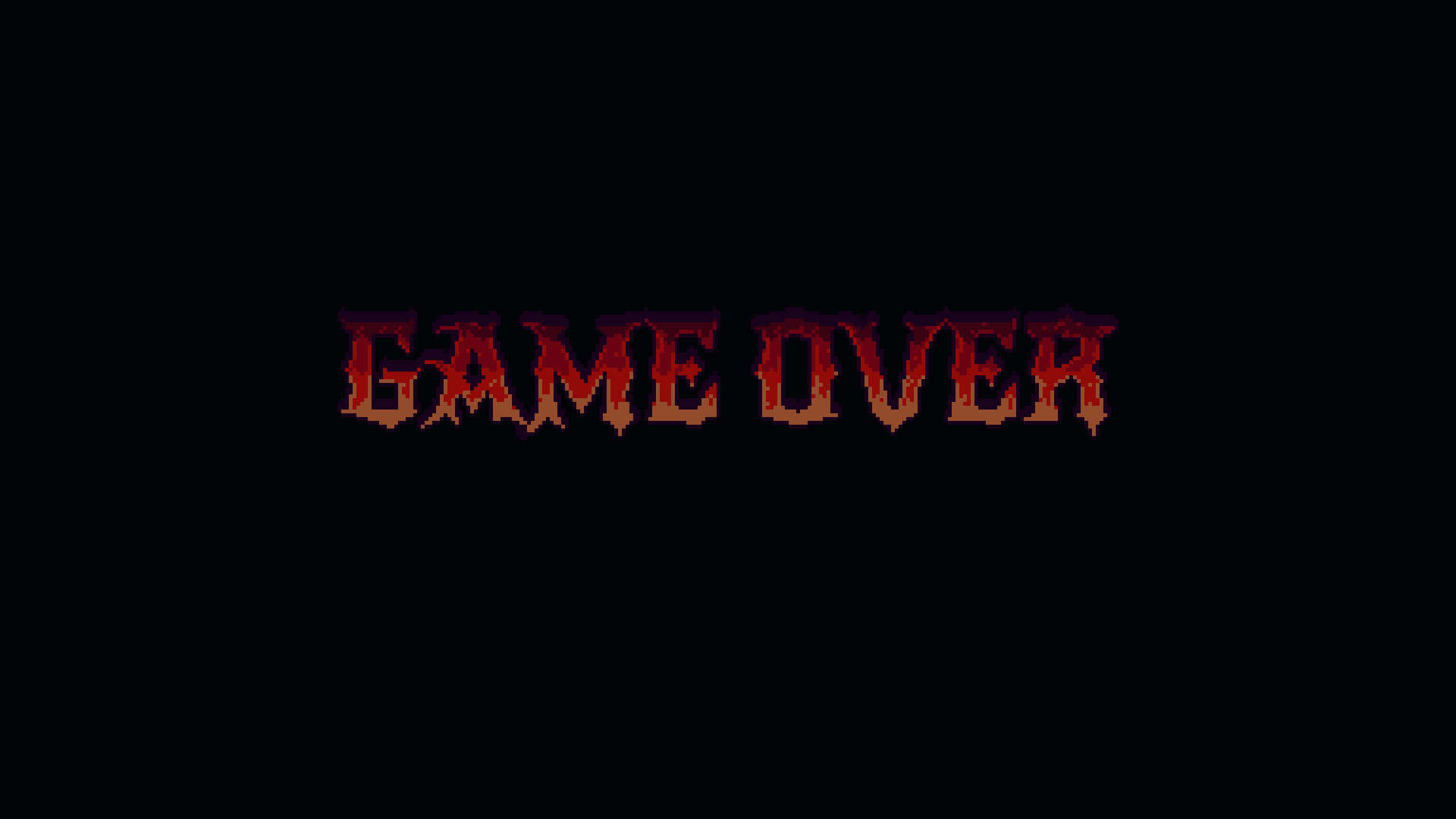
Then there is the issue with the backtracking. This isn’t so much of an issue for me in other games. Super Metroid did it very well by having areas and secrets to find, requiring you to utilize your newly found powers to access them. Chasm’s backtracking just feels like a chore. Frankly, I’d rather wash a sink full of dirty dishes than have to backtrack through the flat stages every time I want to go back to save, go to town or make it to a new area or item. This is a flaw in the random generation of levels. as well. While I can see the appeal of random level generation, I have yet to find a game in which it feels well done and adds to the game’s overall replayability. Most games I’ve played that have this feature, I usually find it to be an almost crippling issue with their level design. It’s like they took everything other metroidvania games did, but didn’t learn anything from where they failed. I just don’t get it.
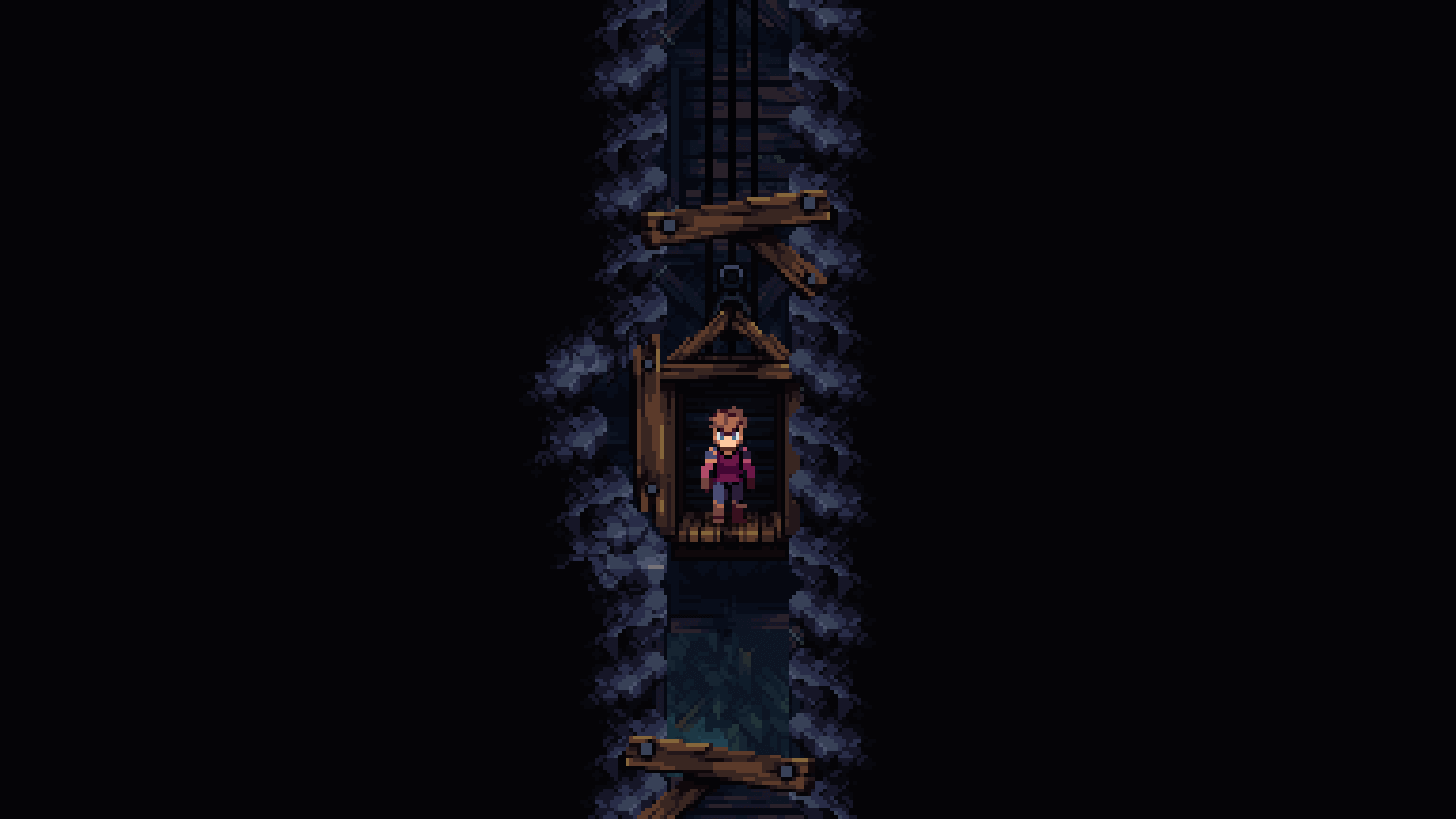
Overall, Chasm isn’t a bad game, it just isn’t a good one either — which is sad, because from watching the trailer and seeing gameplay, it had such potential to be good. It just feels like the developers should have taken more time to build the game out more and done more research into the old games to make better design choices, especially with the levels. What Chasm does do well is its leveling system, its smooth platforming, its simple combat mechanics and its various weapon choices and RPG elements. Unfortunately, while it does these things well, it doesn’t utilize them to their fullest extent and fails to live up to its predecessors or even games like Rogue Legacy.
If you’d like to give Chasm a shot for yourself, you can pick it up on PC, Mac, Linux, Xbox One, PlayStation 4 and Nintendo Switch for $19.99.
Comments are closed.